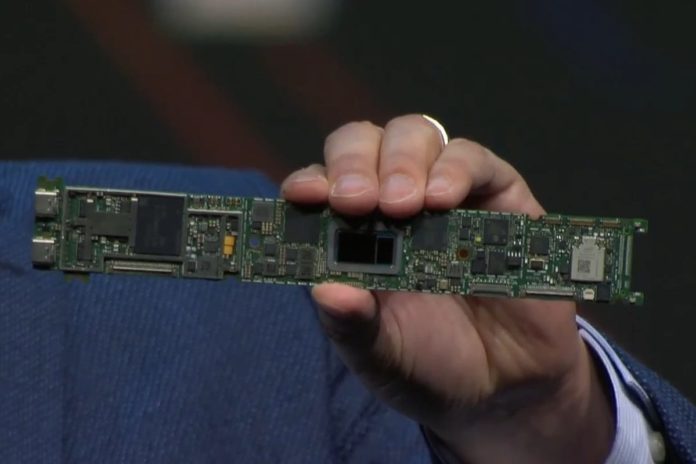Soon after AMD’s Ryzen 4000 APU pronouncement, Intel exhibited a promo of the forthcoming Tiger Lake processor. It is the inheritor to Ice Lake and is made on a 10nm+ process with an integrated Xe design. Intel cast-off CES in Las Vegas to bid a further hint has been quite rare. But little leaked benchmark findings and a few notable portions of statistics set by Intel.

Highlights:
- Significant alterations from Ice Lake
- Sunny Cove ➡ Willow Cove
- Up to 50% greater Level 3 cache – 3MB per core from 2MB per core
- Gen11 ➡ Gen12 (Xe)
- 1.5x more EUs (96, up from 64)
- HDMI 2.1 (from HDMI 2.0b)
- PCIe 4.0 (from 3.0)
Intel Tiger Lake Y and Intel Tiger Lake U
Tiger Lake Y and Tiger Lake U accesses are performing in Geekbench 4 and SiSoftware beforehand of their announcement. Selected leaked benchmarks for an indefinite Tiger Lake-U processor with four cores. And user JZWSVIC posted eight threads on Chinese tech medium Zhihu. The leak itself doesn’t stake any precise statistics about the planning or the name of the processor. There are two sorts of the chip, a 15W and a 28W, the ultimate of which is perceptibly more dominant than this generation 15W.
The Tiger Lake-U was likened to the Intel Core i7-1065G7, which is 1.3GHz base, 3.9GHz single-core boost. And 3.5GHz all-core boost clocks and an Ice Lake processor with a 15W TDP. Within the SPECspeed benchmark, the 15W Tiger Lake-U part succeeded in fixing performance by 15 percent to 18 percent.

Starting with the Geekbench 4 submission, the Tiger Lake Y sample checked in with a quad-core, eight-thread configuration, and a 1.19 GHz base clock. In July the same types of chips are being marked. This time, however, we’ve more information on the cache configuration.
As with preceding Tiger Lake benchmarks that we have seen over the past few weeks, we will not verify that these admittances are legit. Though the performance enhancements are in streak with the generational swing that we should always get going from 10nm+ to 10nm++. We’ll need to await additional particulars about Intel’s forthcoming chips and its mobile platform. Still, a minimum of, for now, we’ve multiplied some sights into the way.
Further Reading:


